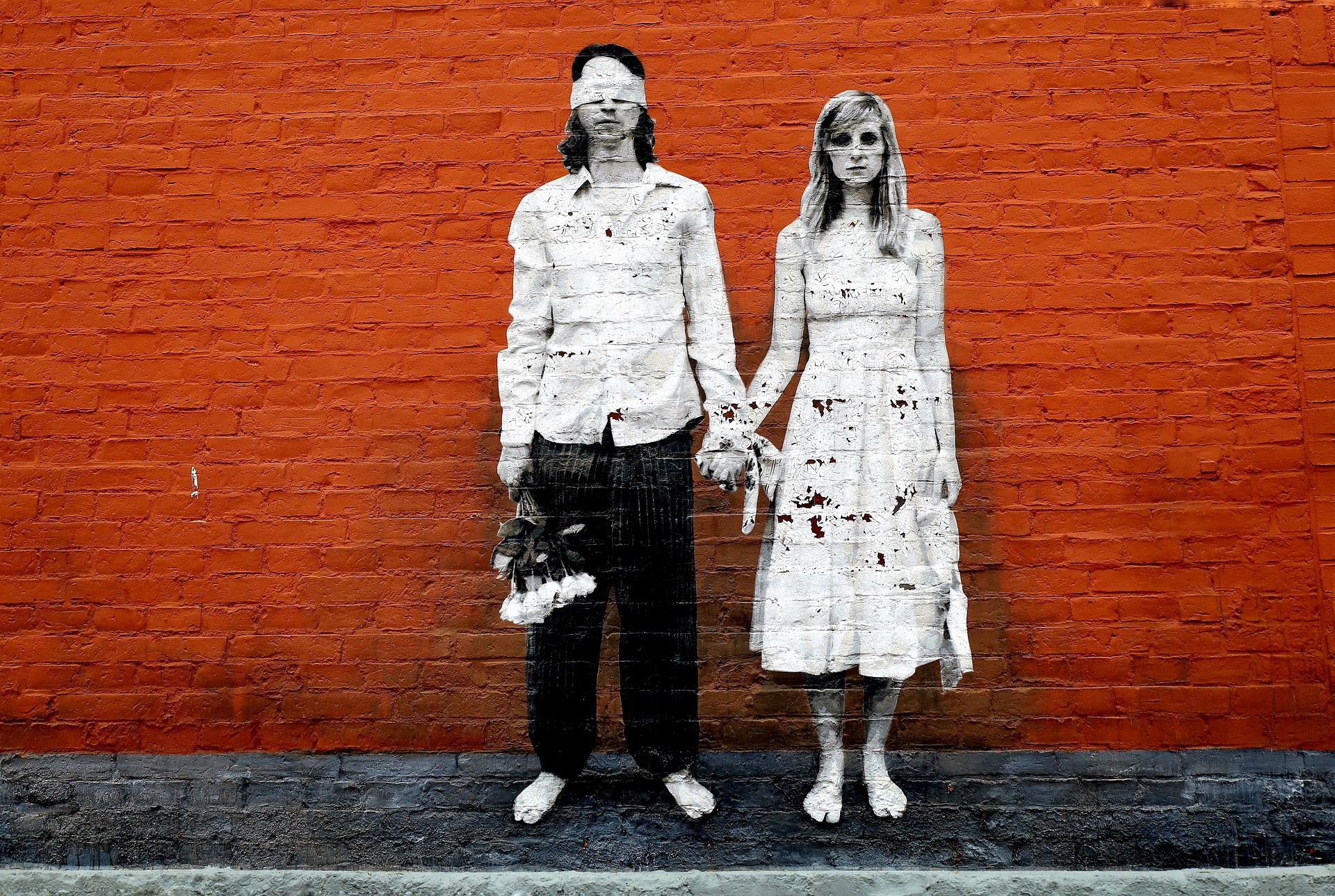Breaking the Fourth Wall: An Emerging Trend in Modern Entertainment
Introduction: Step into a new dimension of storytelling as we explore the rising trend of breaking the fourth wall in modern entertainment. This practice, once considered unconventional, is quickly becoming a popular narrative device, leaving audiences thrilled and intrigued.
A Look Back: The Fourth Wall and its Origins
The concept of the fourth wall traces back to the realm of traditional theater. This metaphorical barrier separates performers from the audience, maintaining the illusion of the story’s reality. For centuries, this wall remained inviolate, keeping the worlds of the audience and performers distinct and separate.
But, as the arts evolved, so did the conventions. Breaking the fourth wall emerged as a daring narrative tool, first gaining momentum in the 19th century. Renowned playwrights like Bertolt Brecht used this technique to challenge traditional theater norms and engage audiences in new, provocative ways.
The Modern Arena: Fourth Wall in Contemporary Entertainment
Fast forward to the 21st century, and breaking the fourth wall has become more than just an experimental theater technique. It’s infiltrated television, films, and even digital media. From iconic TV characters like Frank Underwood in “House of Cards” directly addressing the audience to movies like “Deadpool,” where the protagonist frequently comments on the film’s plot and structure, this trend is widespread.
The Impact: How Breaking the Fourth Wall Changes the Game
Breaking the fourth wall has a profound effect on storytelling and audience engagement. It disrupts the conventional narrative flow, creating a unique dialogue between the characters and the audience. This interaction can be humorous, shocking, or thought-provoking, adding an extra layer of depth to the narrative.
Moreover, it allows for self-reflection and critique within the medium itself. By acknowledging its own fictionality, a work can explore and comment on the art of storytelling, pop culture tropes, and even broader societal issues.
The Reception: Audience and Critical Response
The reception to this trend has been largely positive. Audiences appreciate the surprise and novelty that breaking the fourth wall brings to their viewing experience. Critics, too, have praised this method for its innovative approach to narrative structure and its ability to engage viewers in unique ways.
Looking Ahead: The Future of the Fourth Wall
As we move forward, it’s clear that the trend of breaking the fourth wall is here to stay. Its capacity to disrupt norms, engage audiences, and offer fresh narrative perspectives makes it a powerful tool in the modern entertainment industry.
Breaking the fourth wall is more than just a narrative device; it’s a symbol of the evolving dynamics of storytelling. It embodies the spirit of innovation and creativity in the entertainment industry, proving that even the oldest conventions can be reimagined for the modern age.






